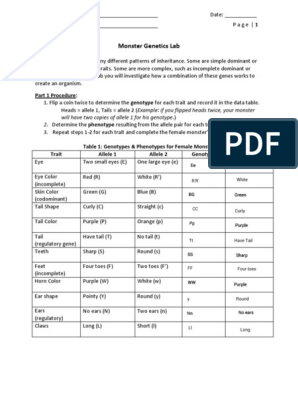0% found this document useful (0 votes)
39 views26 pagesInheritance P2 Questions
The document contains a series of past examination questions and mark schemes related to inheritance topics from various years. It includes questions on genetic concepts such as alleles, mutations, and inheritance patterns, along with specific examples and expected answers. The content is structured to aid in understanding and assessing knowledge in genetics and inheritance.
Uploaded by
rockystargaming1098Copyright
© © All Rights Reserved
We take content rights seriously. If you suspect this is your content, claim it here.
Available Formats
Download as PDF, TXT or read online on Scribd
0% found this document useful (0 votes)
39 views26 pagesInheritance P2 Questions
The document contains a series of past examination questions and mark schemes related to inheritance topics from various years. It includes questions on genetic concepts such as alleles, mutations, and inheritance patterns, along with specific examples and expected answers. The content is structured to aid in understanding and assessing knowledge in genetics and inheritance.
Uploaded by
rockystargaming1098Copyright
© © All Rights Reserved
We take content rights seriously. If you suspect this is your content, claim it here.
Available Formats
Download as PDF, TXT or read online on Scribd
/ 26






























































































